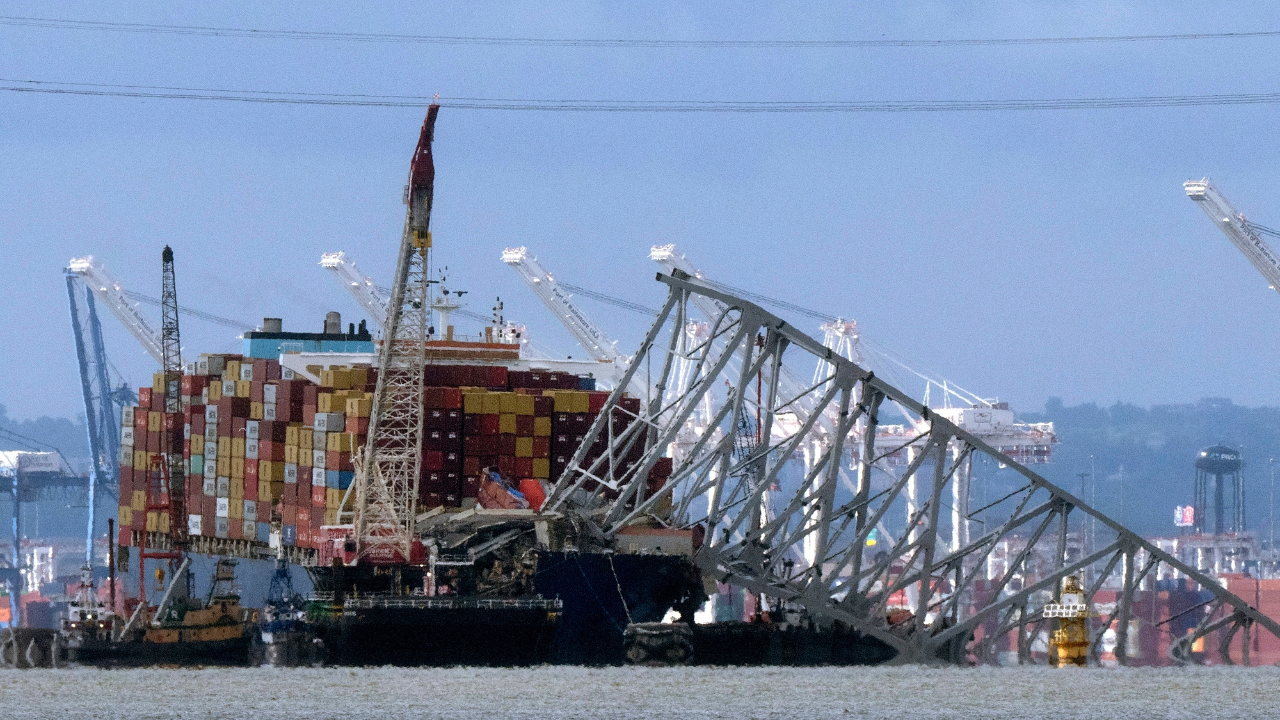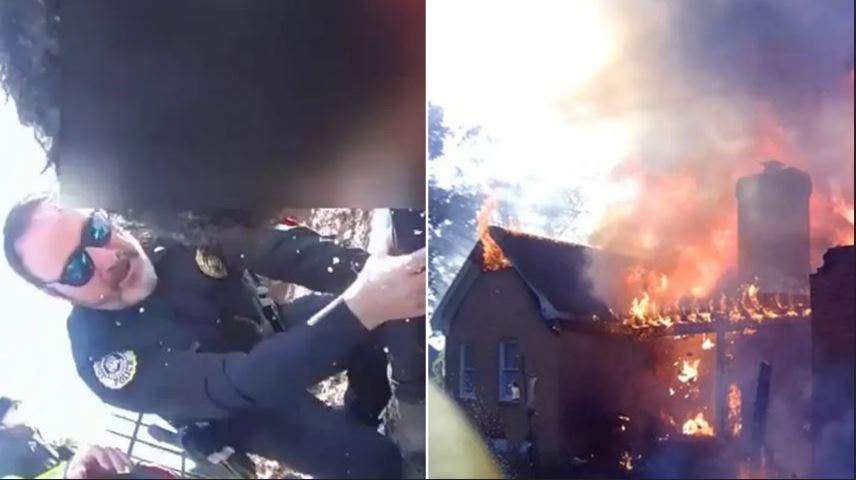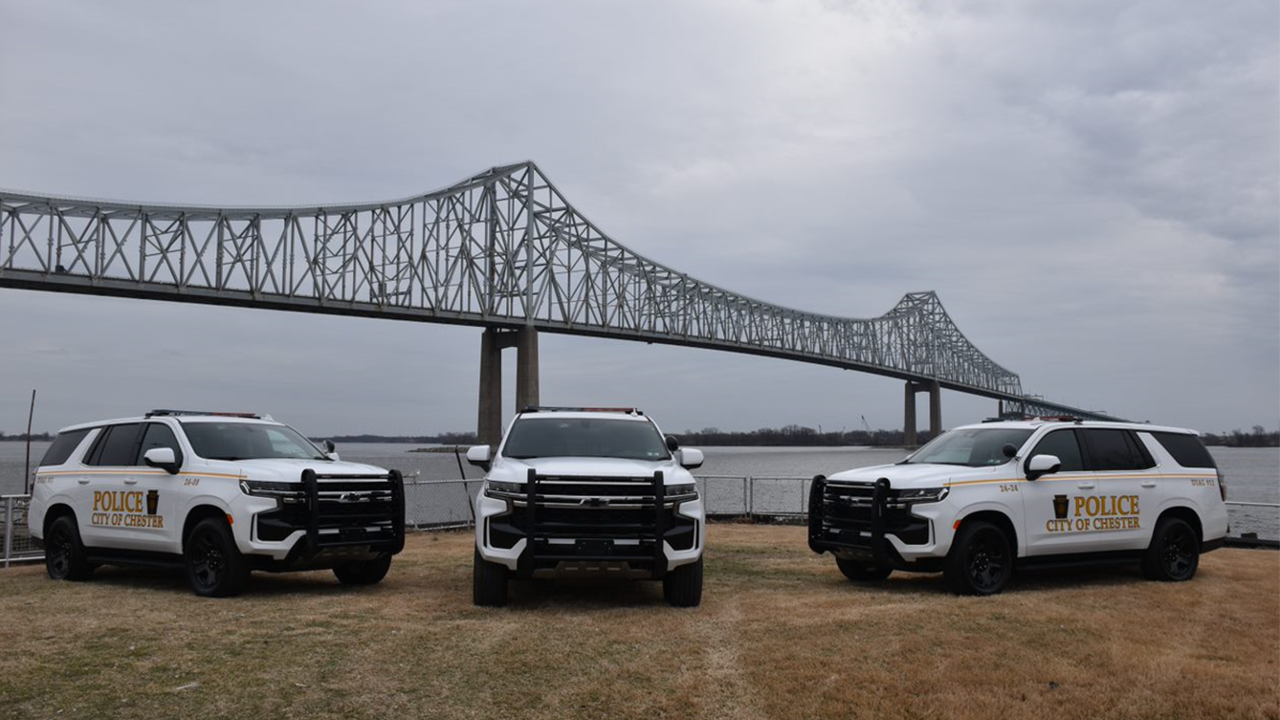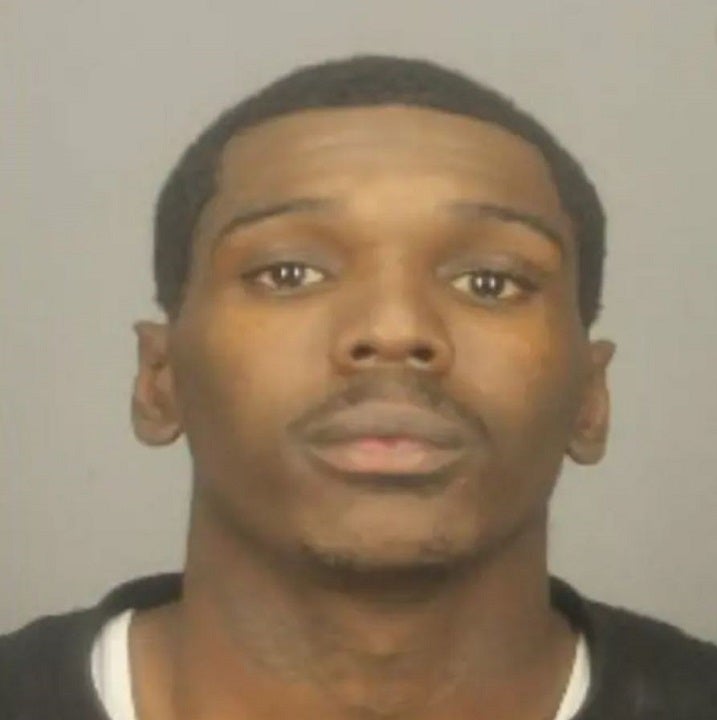As dramatic music swirled late Monday evening, the woman trudged a few steps pushing a filthy shopping cart — so hunched and bedraggled that she seemed like an extra, sent onstage to set the scene before the star entered.
Then she opened her mouth, and a note emerged so pure and clear, widening into a cry before narrowing back into a murmur, that it could only be the soprano Lise Davidsen, cementing her stardom in a new production of Verdi’s “La Forza del Destino” at the Metropolitan Opera.
In her still-young Met career, Davidsen has triumphed in works by Tchaikovsky, Wagner and especially Strauss. She has quickly become the rare singer you want to hear in everything. But Verdi and the Italian repertoire traditionally belong to voices more velvety and warm than hers, which has the coolly powerful authority of an ivory sword, particularly in flooding high notes.
There were moments on Monday that wanted a soprano more fiery than ivory. Davidsen is statuesque, and her sound is too: grand and decorous. There were moments when the anguish of Leonora, the heroine of “Forza,” would have been more crushing if her lower notes had earthier fervor.
But come on. Quibbles aside, there are vanishingly few artists in the world singing with such generosity, sensitivity and visceral impact.
And at the Met premiere of Mariusz Trelinski’s darkly steel-gray, modern-dress staging, set on the dazed line between grim reality and grimmer dream, Davidsen was part of a superb cast, conducted with relish by Yannick Nézet-Séguin, who is at his best in Verdi’s most sprawling canvases. The orchestra sounded sleek and forceful; the chorus was haunting in both misty religious chants and ominously stirring calls to arms.
What a way to bring this opera back to the Met. Probably no other Verdi work has drifted further from the canon to the fringes. Monday’s performance of “Forza” was the company’s 230th — more than “Don Carlos” or “Falstaff” — but only the 10th in the 21st century, and the first since 2006.
Why hasn’t it been put on since then? Requiring no fewer than six excellent, impassioned singers, it is as difficult to cast as Verdi’s “Aida,” but it lacks that work’s combination of dramatic focus and monumental spectacle.
Focus is not the strong suit of “Forza,” one of the middle-period pieces in which Verdi experimented with wandering pacing and jarring shifts of mood. Even by operatic standards, the plot devices are creaky. The gun of Leonora’s lover, Alvaro, accidentally discharges, killing her father and bringing on the unyielding enmity of her brother, Carlo. And from there the story is full of “oh, it’s you!”-style coincidental encounters, their implausibility explainable only by the title’s reference to the implacable hand of fate.
A bad performance of “Forza” comes off as scattered and long. Even good ones are fascinatingly disjointed. You get beggars and noblemen, the sacred and the profane, the monastery and the battlefield: the full novelistic scope of its setting in wartime 18th-century Spain and Italy.
Trelinski has moved the opera to our time, which is clear from the start. The curtain opens as the overture does, to reveal the Calatrava Hotel. The Calatravas are Leonora and Carlo’s family, and the suggestion is that their father, a general who leads a ballroom crowd in a fascist-style rally, is the hotel’s owner. (The audience is left to consider other hoteliers turned aspiring strongmen.)
Leonora, in evening gown, nervously paces around the hotel, greeting the shaggy, casually dressed Alvaro and hiding him away so they can escape later that evening. Her father’s death disrupts their plans and sets the years-spanning plot in motion as Leonora, Alvaro and Carlo go their separate, tortured ways.
As in Trelinski’s previous Met stagings, a wintry double bill of “Iolanta” and “Bluebeard’s Castle” and a “Tristan und Isolde” set aboard a military ship, this is a world largely leached of color and comfort. (Boris Kudlicka designed the rotating sets; Moritz Junge, the uniform-heavy costumes; Marc Heinz, the stark lighting; and Bartek Macias, the sober video projections.)
The monastery where Leonora seeks refuge is not warmly welcoming, as usual, but a forbidding amalgam of the religious and militaristic, an intensification of the world she’s fleeing. Even Fra Melitone, the opera’s odd jolt of comic relief, is played by the zesty bass-baritone Patrick Carfizzi with more sourness than the norm.
The blurring of Leonora’s past and present is heightened by the decision to cast the imposing bass Soloman Howard as both her father and Guardiano, the monks’ Father Superior. Is this doubling her fantasy? Is it real? Does it comfort or terrify her? The production keeps it all intriguingly ambiguous.
Preziosilla, the eerily upbeat entertainer of the opera’s war scenes and one of the strangest characters in Verdi, is here a Marlene Dietrich-style cabaret performer draped in glittering silver. Singing the part with sprightly energy and piercing high notes, the mezzo-soprano Judit Kutasi, in her Met debut, was joined by a small troupe of prancing dancers in rabbit masks with long, pointy ears. (Are we meant to think of Playboy bunnies? Of “Maus”? Of “Cabaret”?)
Smoothing the plot’s tonal contrasts into unremitting ash helps in some ways: You don’t ask, as you sometimes do at “Forza,” why a carnival is breaking out in the middle of a melodrama. But those contrasts are also the opera’s weird glory; when they’re underplayed, the piece can feel flatter and less idiosyncratic.
Not in this final act, though. The new staging’s sets are meager and generic until then, when the curtain rises on a painfully naturalistic, bombed-out subway station that conjures a postwar, nearly postapocalyptic mood of exhausted misery. Here the final confrontations of these embittered people take on wounded, tragic stature.
As Alvaro, the tenor Brian Jagde — thrillingly emotive throughout the opera, his high notes ringing — here, near the end, somehow persuasively ages vocally, without losing his burnished shine or vigor. The baritone Igor Golovatenko, as Carlo, here showed, as he had in “Urna fatale,” his burning earlier outpouring, that his long legato lines serve a dramatic purpose, underlining his character’s relentless pursuit of his prey.
But on Monday it was Davidsen’s Leonora, reduced from a rich man’s daughter to a slouching vagrant, who stopped the show with her great aria “Pace, pace, mio Dio,” longing for release from her torments.
Weary and noble, with filament-thin floated high notes and a warlike curse at the end, it set off an ovation so long that Davidsen, visibly moved, finally broke character, putting her hand on her heart and bowing her head. As she returns next season in Beethoven’s “Fidelio” and Puccini’s “Tosca,” we should be grateful for an artist like her — in any and every repertoire.
La Forza del Destino
Continues through March 29 (with cast changes) at the Metropolitan Opera, Manhattan; metopera.org.






